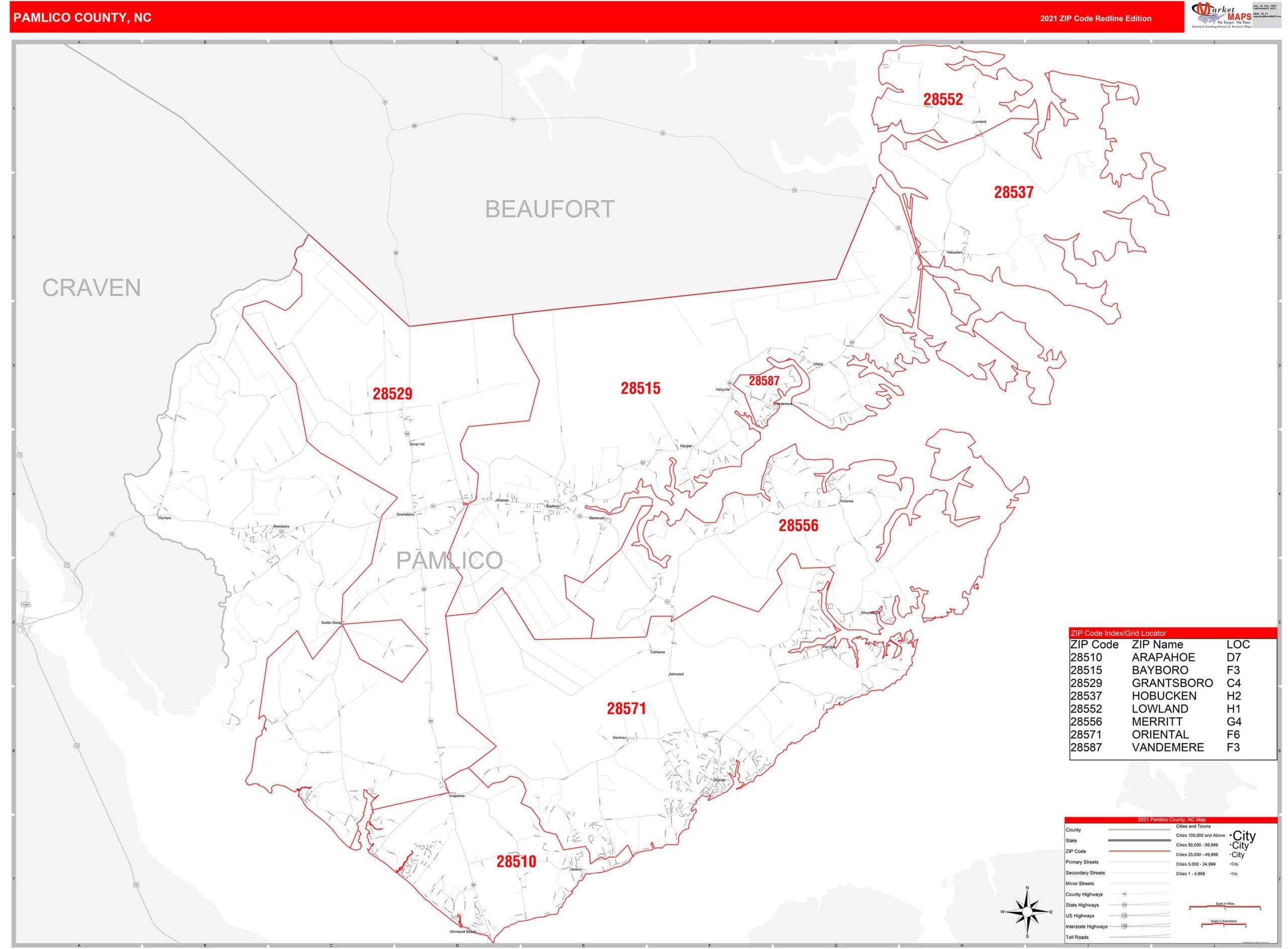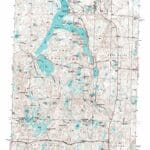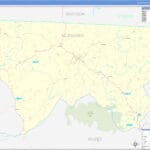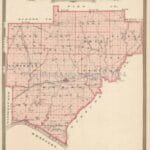Pamlico County, nestled along North Carolina’s scenic coast, offers more than just picturesque views. A wealth of information about the county is readily available through its Geographic Information System (GIS). This comprehensive guide will unlock the power of Pamlico County GIS, providing you with the knowledge and resources to access property data, explore interactive maps, and understand the diverse applications of this powerful tool.
Accessing Pamlico’s Digital Treasure: Getting Started with GIS
Accessing Pamlico County’s GIS is straightforward, offering multiple entry points to this valuable resource. The primary access point is the official Pamlico County website, your one-stop shop for core data and services. For a more dynamic and interactive mapping experience, the county also provides access through an ArcGIS web application. Both platforms offer slightly different interfaces and functionalities, catering to a range of user needs.
Exploring the Data Layers: Unmasking Pamlico County’s Geographic Information
The Pamlico County GIS is a multi-layered system, revealing a wealth of information about the county. Think of it as a digital atlas, offering a variety of perspectives on the same landscape. Here’s a breakdown of the key data layers you can explore:
Property Details: This layer unveils crucial information about properties, including ownership details, boundaries, assessed values, and even building characteristics. This information is invaluable for real estate research, property assessments, and understanding land ownership patterns.
Tax Maps: Connected to property details, tax maps provide a visual representation of tax information linked to specific parcels. These maps are useful for tax assessment reviews, property research, and understanding local tax distributions.
Aerial Photography: Offering a bird’s-eye view of Pamlico County, high-resolution aerial photographs provide valuable context for various applications, from property overviews and environmental assessments to tracking land use changes over time.
Zoning Information: Zoning maps provide insight into how land can be used in different areas, outlining permitted uses, building restrictions, and other development regulations. This information is crucial for development planning, understanding land use restrictions, and ensuring compliance with local ordinances.
Elevation and Terrain: Detailed elevation data, often presented through topographic maps, depicts the county’s contours, hills, valleys, and other land features. This information may be utilized for flood risk assessments, construction planning, and even recreational activities like hiking.
Survey Marks: For those needing precise location information, the GIS may offer access to historical land survey data and geodetic control points, essential for land surveying, historical research, and resolving boundary disputes.
Mastering the Tools: Navigating Pamlico County GIS
Both the official website and the ArcGIS platform offer tools to enhance your GIS experience. Here’s a quick guide to some key features:
Property Search:
- Official Website: Offers direct access to property records, tax assessments, and related information through a search function.
- ArcGIS: Likely provides advanced search capabilities and potential integration with other geospatial data.
Measurement Tools:
- Both platforms probably offer tools for measuring distances and areas directly on the map, useful for property analysis and planning.
Printing and Exporting:
- You’ll likely be able to print maps and data directly from both platforms or export them in various formats for offline use.
Pamlico County GIS vs. Other Options: Choosing the Right Tool
While the Pamlico County GIS platforms are excellent resources, other online tools might supplement your research. Pender County GIS and Pender County GIS North Carolina offer resources for neighboring areas, providing regional context. Third-party websites like Acres GIS and NETR Online might offer broader coverage or specialized features, but these often come with subscription fees, unlike the free Pamlico County GIS. Remember to verify any information from third-party sites with official county records. For specialized research needs, academic institutions like NCSU Libraries and state resources such as NC OneMap can offer additional datasets and mapping tools.
Pamlico County GIS in Action: Real-World Applications
The practical uses of Pamlico County GIS are vast. Homebuyers can research properties, checking for flood risks and zoning regulations. Businesses can analyze potential development sites. Researchers can study land use changes and environmental patterns. County officials can use the data for planning and emergency response. The possibilities are extensive, empowering informed decision-making across various sectors.
Looking Ahead: The Future of Pamlico County GIS
Pamlico County likely continues to enhance its GIS offerings. Ongoing developments suggest even more powerful tools and richer data sets in the future. Stay updated through the official website for the latest advancements. By mastering Pamlico County GIS, you unlock a wealth of information, empowering you to explore, analyze, and understand this vibrant coastal community like never before. Remember to explore both the official website and the ArcGIS platform to fully utilize the available resources. The Pamlico County Tax Collector’s office (202 Main St, Bayboro, NC 28515) can also provide valuable property tax information.
- 1 Liter to Fluid Ounces: Easy Conversion Guide - April 9, 2025
- Unlock what is the seventh month: A Cross-Cultural Calendar Guide - April 9, 2025
- Discover White Fruits: Ultimate Guide to Taste & Nutrition - April 8, 2025
















